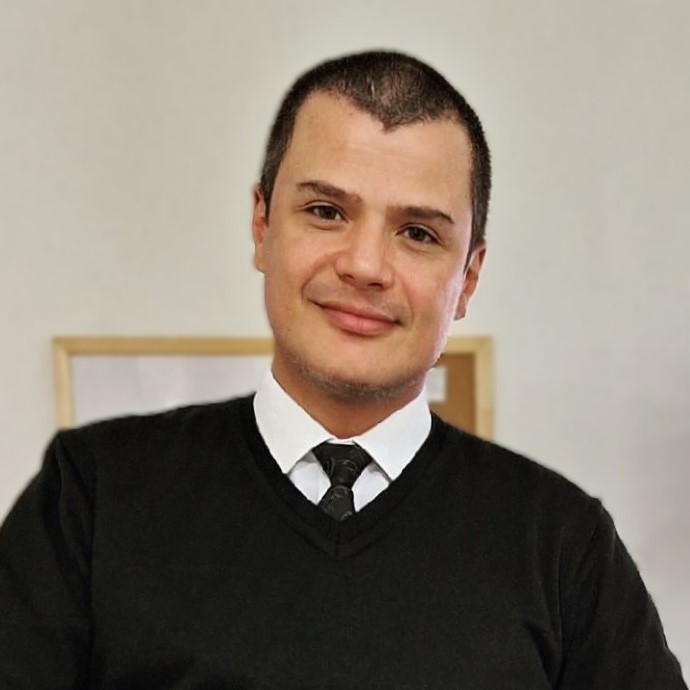International. The companies Frascold and Aircodue announced the development of a new CO2 heat pump, characterized by a series of technological innovations and equipped with compressors of the Frascold transcritical series.
Luigi Buttiglione, technical director of Aircodue did not hesitate to describe the initiative that allowed the design of the new device as "a project of great relevance for the railway industry".
The heat pump consists of an outdoor unit, which contains the compressors of the primary and auxiliary circuits, and an indoor unit with the fan part responsible for cooling and heating the passenger room.
Mirco Pasotti, sales manager of Frascold stated that the equipment "allows savings ranging from 51% to 58% depending on the area, as well as a considerable reduction of CO2 emissions into the atmosphere."
The ARCA project
ARCA (Air Source Reversible CO2 Air Conditioner) is the name given to the project, during the development of which patented technical solutions were incorporated and the form of a demonstrator of a split system of approximately 28 kW was adopted. It was calibrated according to the needs of a medium-distance railway wagon, a vehicle widely used in Italy.
Additionally, Frascold and Aircodue investigated whether it would be possible to replace the existing system (drop in) with a new CO2 heat pump capable of operating according to the previous configuration and supplying all the needs of the convoy.
"In addition to being a viable alternative according to the phase-out policies of fluorinated refrigerants, CO2 complies with the environmental and safety standards of the main players in the sector," said Giovanni Paone, President of Aircodue.
Technical challenges
The process was not without challenges. For example, it was established from the outset that the new solution could not absorb or require more energy than the original R134A system, in which the static converter transforms direct current into alternating current, powering all on-board services.
In order to choose the most suitable compressor for the application, the two technical teams used Frascold software. They were thus able to evaluate their performance over the entire operating range and opted for the TK piston series in the D-TK model, with transcritical technology.
These are designed to withstand high stop pressures, thanks to their robust design and standstill pressure up to 100 bar (a), which guarantee superior levels of safety. It is also noteworthy that the D-TKs have a low oil carryover, a factor that minimizes losses by protecting and lubricating all moving parts.
Another aspect that was taken into account was the use of Flex TM Layer, which allowed modulating the flow of refrigerant through suction lights. Both companies explained that the alternation of the opening and closing periods of the lights guarantees the correct partialization of the compressor, in favor of an optimal load that limits the on and off cycles to the maximum.
Data analysis
Data on the performance of the heat pump was compared with that of a conventional system, dynamically simulating its operation in heating mode, under a wide range of winter temperatures.
The study took as reference three representative sites of the main Italian geographical areas, namely the Brenner Pass, Rome and Palermo.
Once the prototype was made, an extensive test campaign was carried out in a climatic chamber, during which it was possible to verify the best performance in both heating and cooling, thus confirming the theoretical data.















